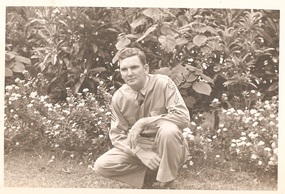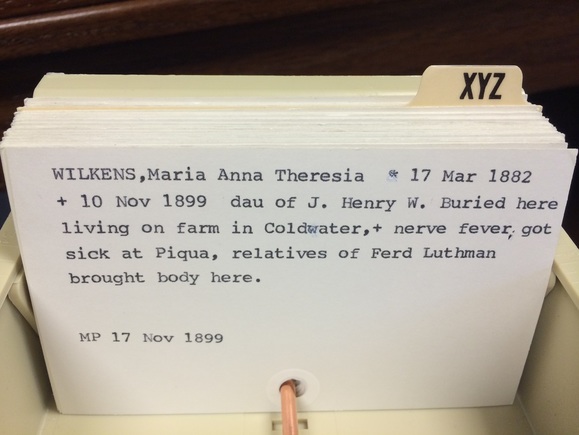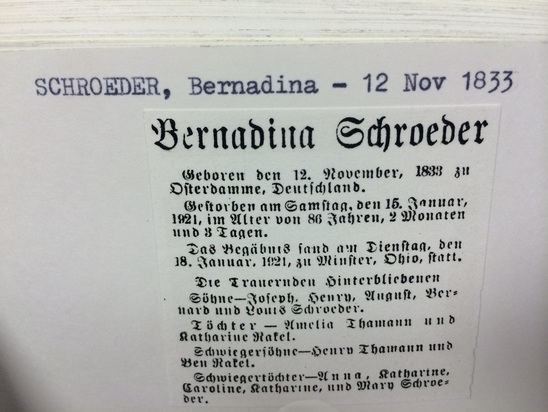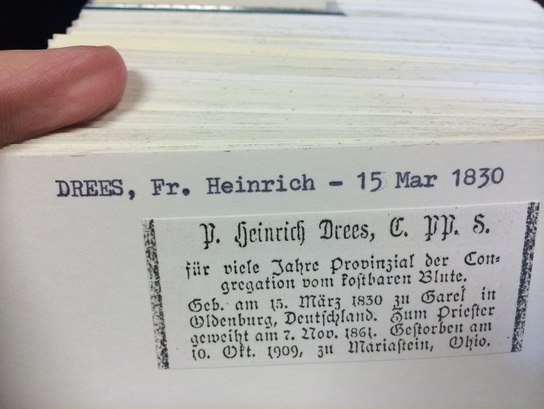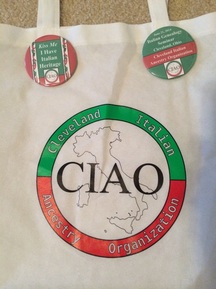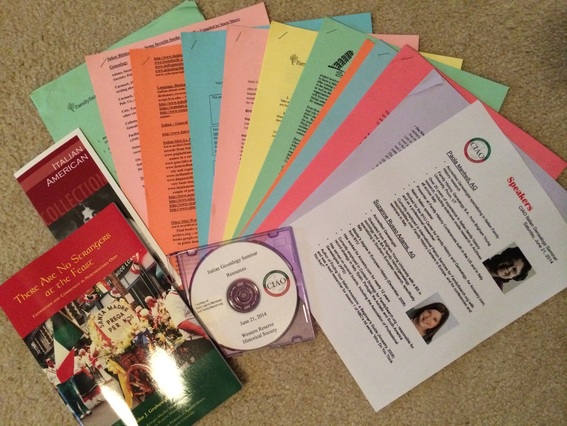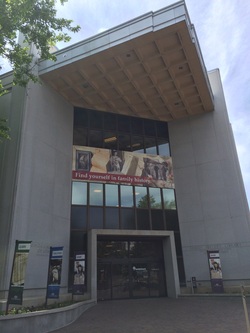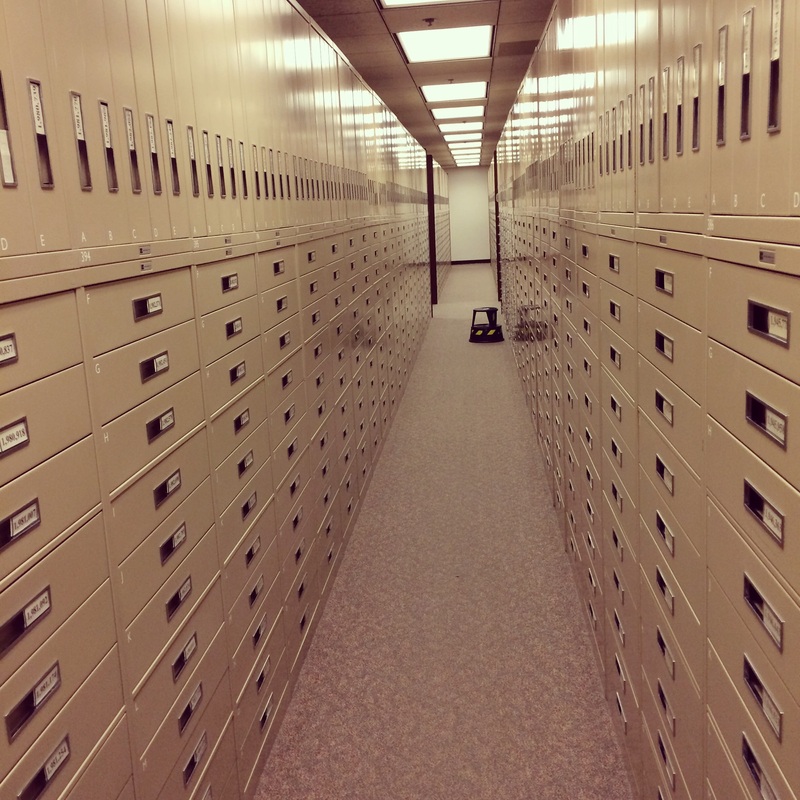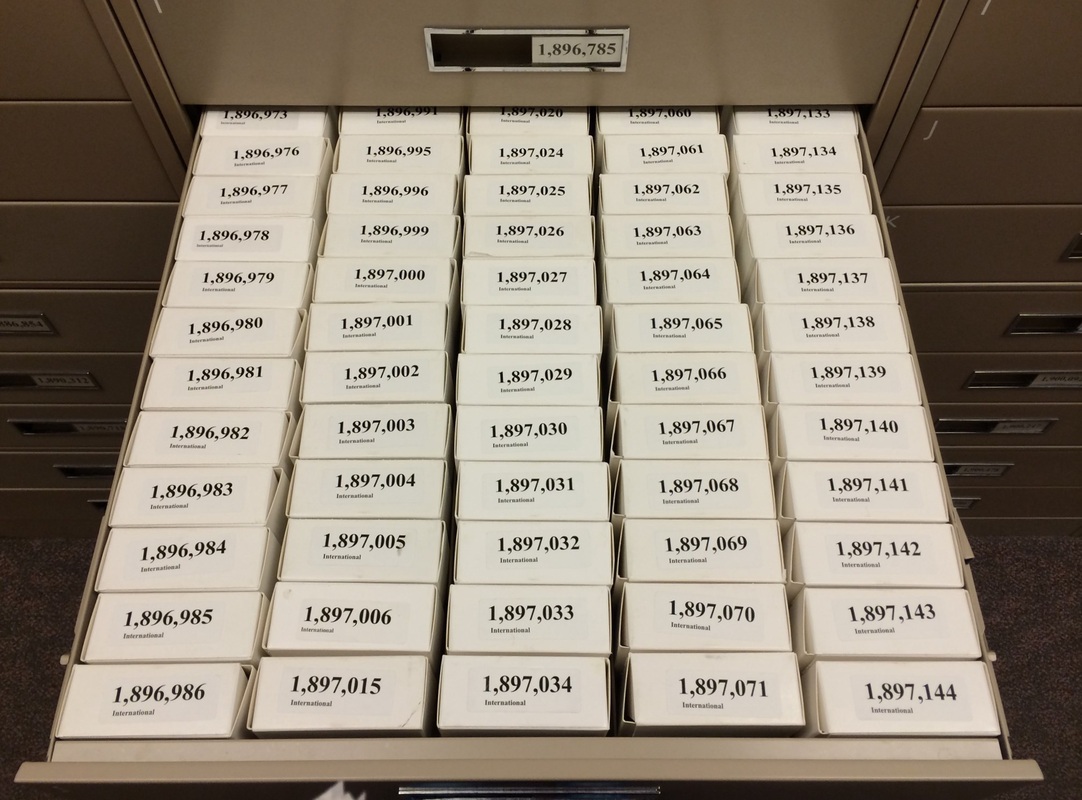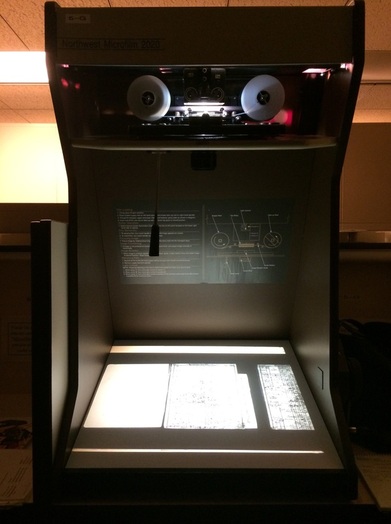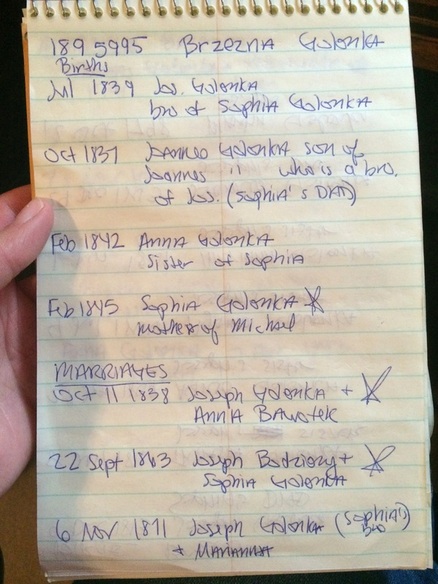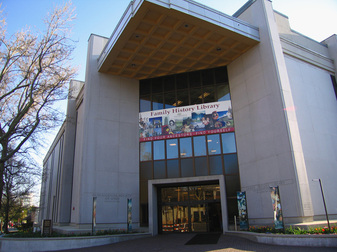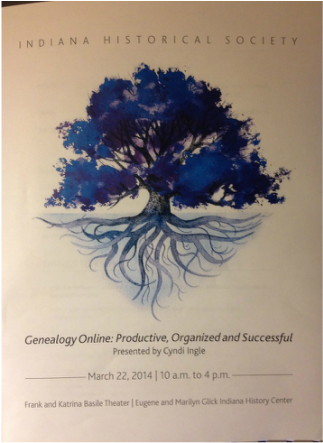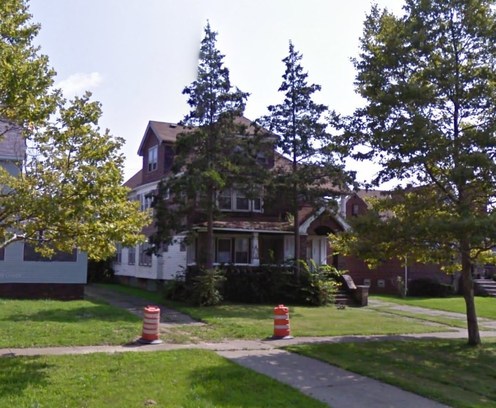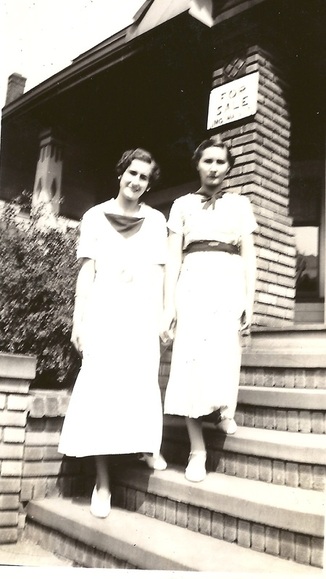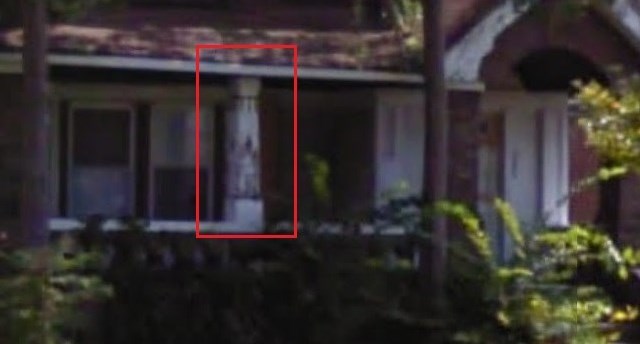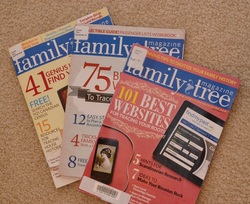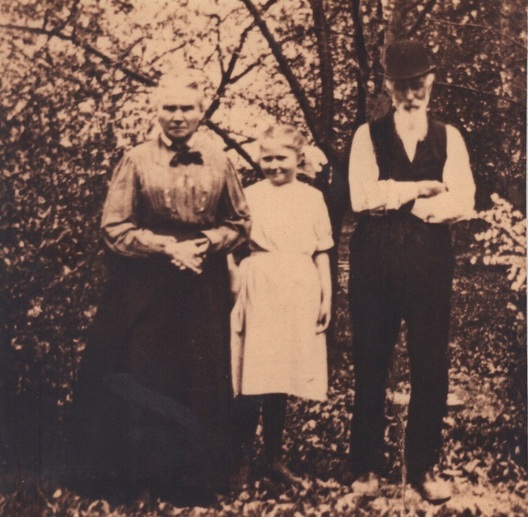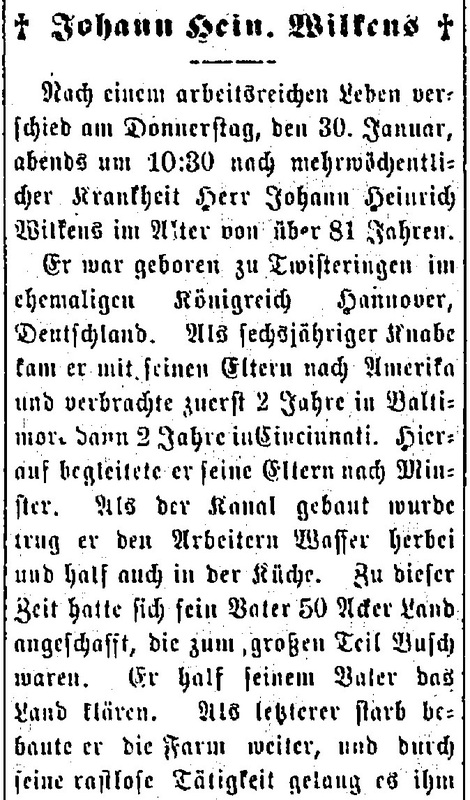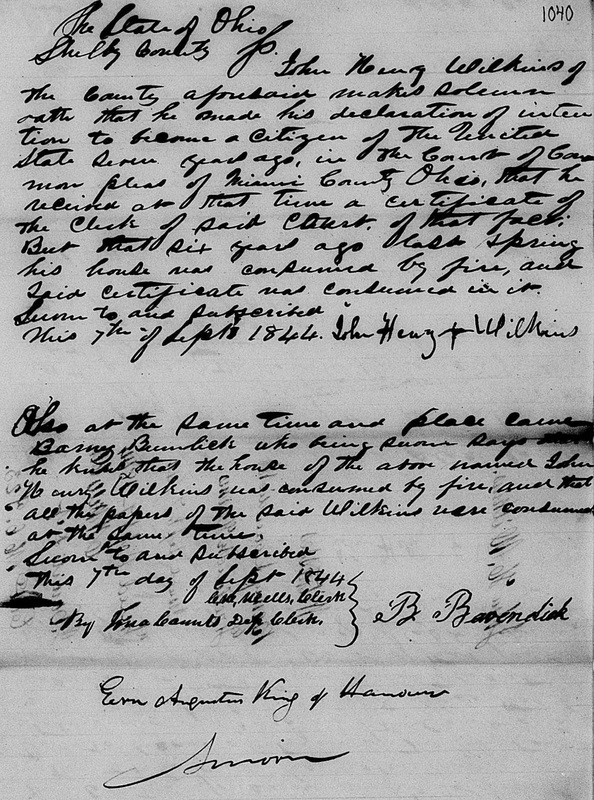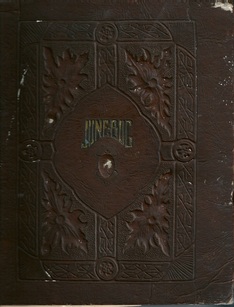 1933 East Tech High School Yearbook
1933 East Tech High School Yearbook
Think about your life. How many people, unrelated to you, have you befriended, interacted with, or just simply crossed paths with? Hundreds? Thousands? And for how many of those interactions were there physical records made? Think about group photos, union and military newsletters, newspaper articles, yearbooks, graduation and wedding programs, school alumni reports, and church bulletins and rosters. We, as family historians, all have some of these sources within our possessions - sources that would prove valuable to many other family researchers out there, and I'm here to argue that it's our mission to more or less "advertise" these more personal sources of information within our family websites and blogs.
At the end of May, I received an email from a gentleman who had found my blog post, "Jesse Owens & My Grandpa." He had recently discovered a high school track team photo picturing his grandfather and Jesse Owens, but the photo didn't label any names, so he wasn't 100% sure it was his grandfather. So, he was now on the hunt for his grandfather's 1933 high school yearbook. He had looked everywhere online and in local libraries, but could not locate a copy.
I had a copy.
The only way he knew I had a copy was because of my blog post.
The yearbook resides at my parents' house, so when I visited them for Father's Day a few weeks later, I snapped a few photos of his grandfather's photo in the yearbook, and then I also took photos of the commencement program, also listing both of our grandfathers' names. I emailed them off to him, and he was ecstatic and very grateful.
This experience has made me view my family history 'holdings' differently. I realize now that I have sources that no library or online database does, and that these sources may mean as much to another family as they do to ours. It has made me want to transcribe and share more of these personal types of sources on my website and blog, in the hopes that other family researchers, whose ancestors crossed paths with mine, will find them.
©2016 Emily Kowalski Schroeder

